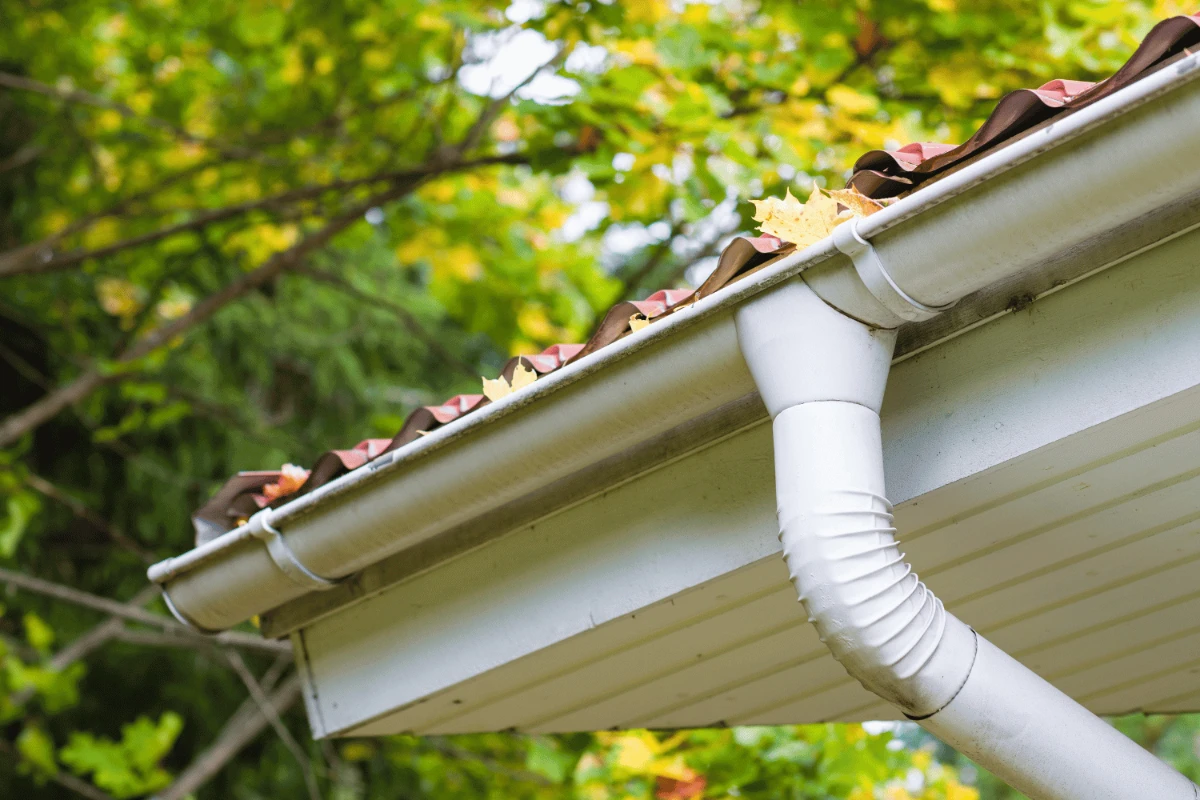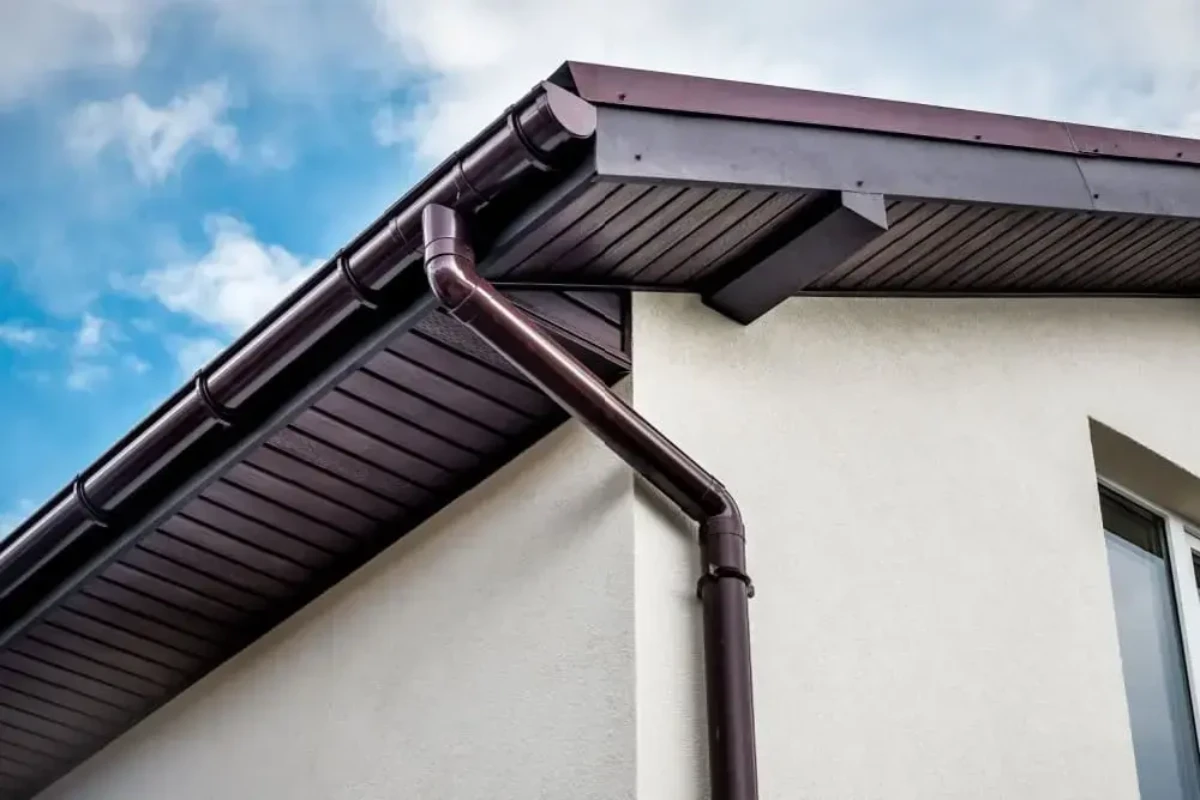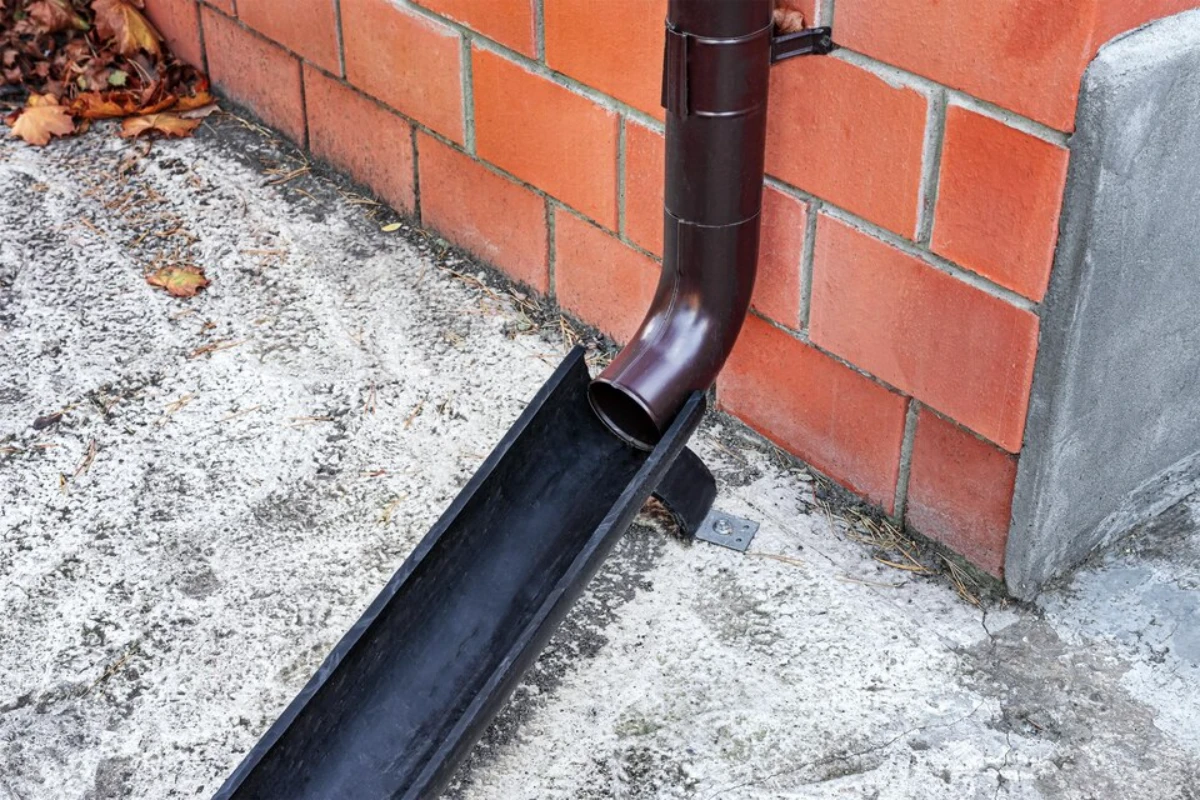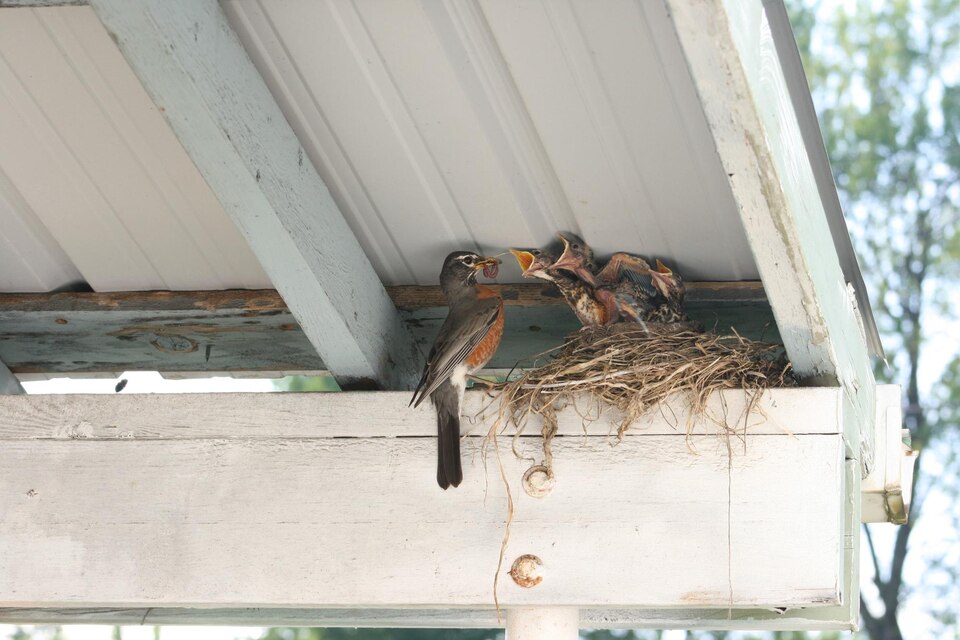Even though Florida is called the Sunshine State, it experiences significant rainfall, especially during the rainy season, which typically spans from May through October. In fact, Florida averages approximately 54.5 inches of rain per year, with some areas receiving significantly more. A poorly functioning roof drainage system can lead to wood rot, mold, interior leaks, and even foundation problems. It’s one of those systems homeowners rarely think about until it fails.
Proper drainage is about more than just gutters. It’s a critical part of keeping your home dry, safe, and structurally sound.
Why Roof Drainage Matters More Than You Think
Every roof is designed to shed water, but without a functioning drainage system, that water has nowhere to go. When rainwater isn’t properly directed off the roof and away from the house, it can quickly become a threat rather than a nuisance.
A good drainage system helps:
- Protect the roof structure by reducing the weight and pressure of standing water
- Prevent leaks by minimizing water intrusion at vulnerable points
- Reduce wear and tear on shingles and underlayment
- Keep siding, fascia, and soffits from becoming water-damaged
- Preserve the foundation by controlling runoff and soil erosion
Over time, even small drainage issues can snowball into major problems. That’s why it’s important to think of roof drainage as part of the home’s overall defense system — one that works quietly in the background until it doesn’t.
What Happens Without Proper Drainage?

It doesn’t take a storm to cause water damage. Sometimes, all it takes is a clogged gutter and a slow, steady rain.
When water sits on the roof or spills over the edge instead of draining properly, it can start to wear down roofing materials. Shingles may begin to curl or lift. Underlayment can become saturated. Decking can soften and rot from the inside out.
Even small amounts of moisture can make their way into the attic or walls, leading to mold or mildew growth that spreads quietly over time. What starts on the roof doesn’t always stay there.
Other common problems caused by poor drainage include:
- Water stains on exterior walls
- Rotting fascia or soffits
- Soil erosion near the foundation
- Damage to walkways, flower beds, or landscaping
Over time, these issues can impact both the structural integrity and curb appeal of your home. And the longer they’re ignored, the more expensive they become to fix.
Common Roof Drainage Components and Their Roles
A roof drainage system is more than just a set of gutters. It’s a network of parts that work together to move water safely off the roof and away from the home. The right components depend on the roof type, slope, and layout, but some elements are found on most homes.
Gutters and Downspouts
These are the most visible parts of the system. Gutters collect water along the roof’s edge, and downspouts carry it to the ground. For them to work well, they need to be free of clogs, properly sloped, and securely fastened.
Gutter Guards and Screens
These additions help prevent leaves and debris from blocking water flow. While they don’t eliminate the need for cleaning, they can significantly reduce maintenance.
Roof Drains
Flat or low-slope roofs often use roof drains placed strategically across the surface. These drains connect to pipes that carry water away, preventing pooling.
Scuppers
Common on commercial or flat residential roofs, scuppers are openings at the edge of the roof that allow water to exit through downspouts or leader pipes.
Splash Blocks and Drain Extensions
Once water exits a downspout, splash blocks or drain extensions help redirect it away from the foundation, reducing erosion and foundation issues.
Each part plays a role in preventing damage. If one piece fails, the entire system can struggle to keep up, especially during heavy Florida rains.
How Florida’s Climate Affects Drainage Needs

Florida’s weather isn’t just sunny. The state sees intense rainfall, especially during summer afternoons and hurricane season. That kind of sudden, heavy downpour can overwhelm even a well-designed drainage system if it’s not properly maintained or built to handle the volume.
High humidity and warm temperatures also create ideal conditions for algae and mold, both of which thrive in damp, shaded areas like clogged gutters or slow-draining roof valleys. Over time, this buildup can cause blockages and accelerate the breakdown of roofing materials.
Tropical vegetation adds another layer of complexity. Leaves, twigs, and seed pods from palms, oaks, and other trees can quickly fill gutters, especially during stormy weather or seasonal shedding.
Coastal homes have additional concerns. Salt-laden air and high moisture levels can lead to faster corrosion of metal components like screws, brackets, and downspouts. That makes material choice especially important. Aluminum, vinyl, and coated steel are common options that can better withstand Florida’s coastal conditions.
When it comes to roof drainage in Florida, systems must be both durable and designed for high volume. Otherwise, even a brief storm can lead to lasting damage.
Maintenance Tips to Keep Drainage Flowing
Routine maintenance goes a long way in keeping roof drainage systems effective. Here are a few practical ways to stay ahead of potential problems:
- Clean your gutters at least twice a year, or more often if trees hang over your roof
- Check downspouts to make sure water flows freely and exits far from the foundation
- Look for signs of sagging gutters, rust, or separation at the joints
- Trim back tree limbs that drop debris or scrape against the roof
After heavy storms, inspect your gutters and drains for clogs or damage
If you’re unsure about the condition of your system or notice water where it shouldn’t be, it’s worth having a professional take a look.
When Drainage Problems Point to Bigger Roofing Issues
Sometimes, drainage problems are just the symptom.
If you’re noticing frequent clogs, water pooling in unexpected places, or staining on ceilings and walls, the issue might be bigger than just the gutters. Improper roof slope, sagging areas, or poorly installed flashing can all contribute to water not draining correctly.
In these cases, patching or cleaning isn’t enough. A full roof inspection by a professional roofing company can reveal whether the problem is with the drainage system, the roof structure, or both. Early detection makes repairs more manageable and helps prevent long-term damage.
Call the Lakeland Pros Before the Problems Grow
A good roof drainage system starts with proper design and regular care. But sometimes, maintenance isn’t enough, especially if the original setup wasn’t built for Florida’s weather or if hidden damage has already taken hold.
At Stronghold Roofing & Solar, our experienced team of Lakeland roofers understands how water can affect every part of a home. We offer professional inspections, custom drainage solutions, and expert repairs that help keep homes protected, rain or shine. Reach out today for a free roof estimate!
FAQ’s – Roof Drainage Systems
What is a roof drainage system?
A roof drainage system includes gutters, downspouts, and other components that direct water away from the roof and foundation.
How often should I clean my gutters?
Most homes benefit from cleaning at least twice a year. In areas with heavy tree cover, more frequent cleaning may be needed.
Can poor drainage damage my roof?
Yes. Water that doesn’t drain properly can cause leaks, rot, mold, and structural damage to your roof and home.
What are signs my roof drainage isn’t working?
Overflowing gutters, pooling water, water stains on siding, and mildew smells can all point to drainage problems.
Are gutter guards worth installing?
Gutter guards can reduce the frequency of clogs and cleaning, but they don’t eliminate the need for maintenance entirely.











